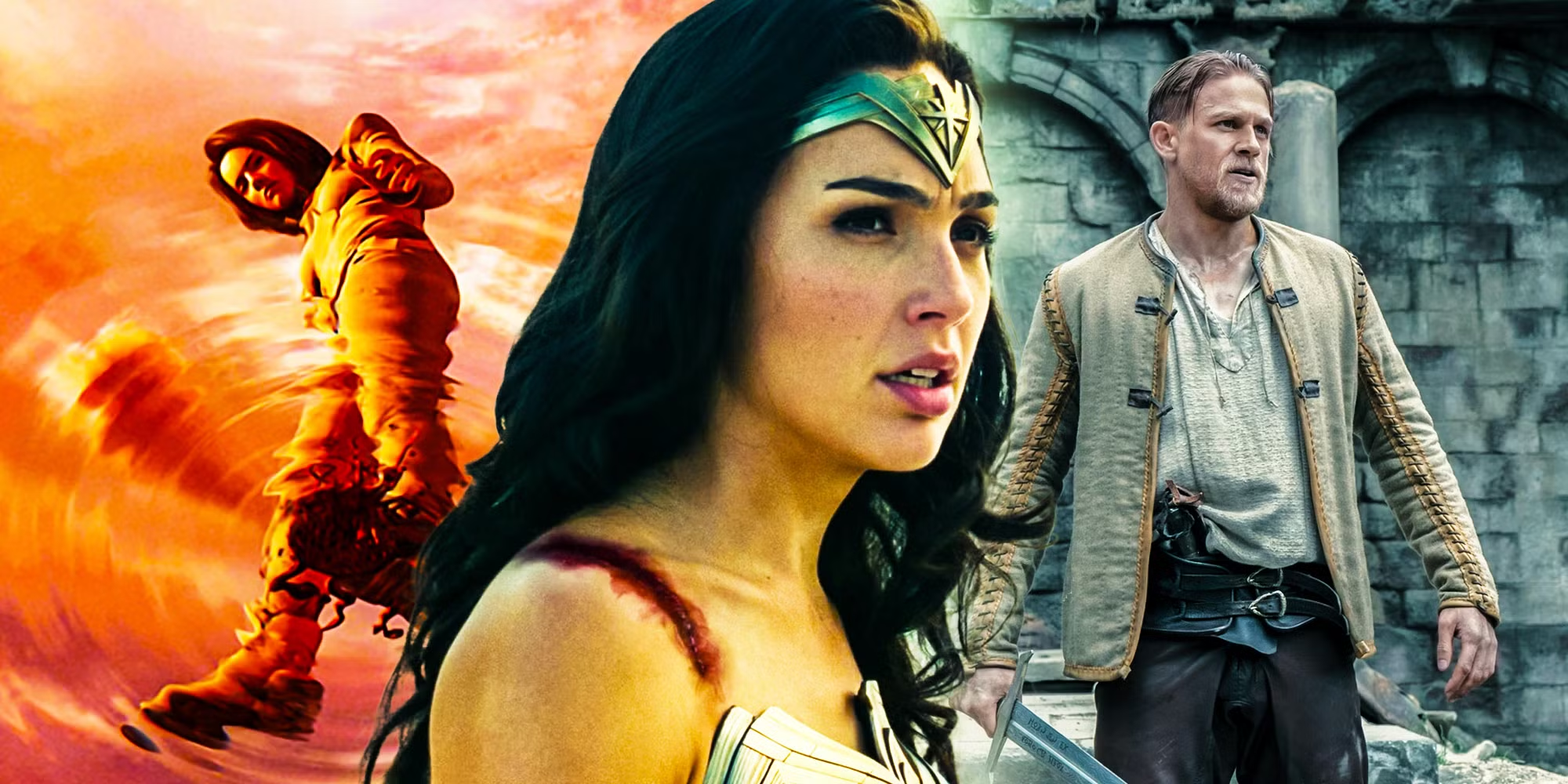In the high-stakes world of film production, sometimes a movie’s initial cut falls short of expectations. However, the art of rescue editing has saved numerous films from becoming complete box office disasters. This blog explores how professional film editing companies transformed potential failures into successful releases through strategic re-edits.
The Power of Second Chances
When a movie faces negative test screenings or poor initial reviews, production houses often turn to specialized movie editing services to salvage their investments. These rescue edits prove that a film’s success often lies in the cutting room, where skilled editors can reshape narratives, enhance pacing, and completely transform the viewer’s experience.
World War Z (2013): A $200 Million Rescue Mission
Perhaps one of the most famous examples of successful rescue editing is World War Z. The original third act was completely scrapped after test audiences responded poorly to the film’s climax. Paramount Pictures enlisted a premier film editing company to restructure the entire ending, requiring additional shoots and a complete re-edit video process that cost nearly $20 million.
The original ending featured a massive battle sequence in Russia, which test audiences found confusing and unsatisfying. The rescue edit transformed the finale into a tense, intimate sequence in a Welsh medical facility, creating a more focused and suspenseful conclusion. This service film intervention helped World War Z gross over $540 million worldwide, turning a potential disaster into a commercial success.
Fatal Attraction (1987): Re Editing for Impact
Sometimes, rescue edits aren’t just about fixing technical issues but about responding to audience psychology. Fatal Attraction’s original ending had Glenn Close’s character committing suicide, framing Michael Douglas’s character for her death. Test audiences strongly rejected this conclusion, leading the film editing companies involved to craft a new ending.
The reshot and reedited ending, where Close’s character meets a more conventional antagonist’s fate, resonated better with audiences. This change helped the film gross over $320 million worldwide and secure six Academy Award nominations.
Justice League (2017) vs. Zack Snyder’s Justice League (2021)
While not technically a rescue edit, this case demonstrates how re-editing can dramatically transform a film. After director Zack Snyder left the project, the theatrical version underwent significant changes that many fans and critics found disappointing. Years later, Warner Bros. allowed Snyder to release his version through a comprehensive movie editing service effort.
The re-edit video project expanded the runtime from 120 to 242 minutes, dramatically altering the story, tone, and character development. This transformation showcases how different editing approaches can yield entirely different films from the same source material.
Key Elements of Successful Rescue Edits
Professional film editing companies typically focus on several critical areas when performing rescue edits:
- Pacing Adjustment
- Identifying and eliminating slow spots
- Tightening dialogue scenes
- Restructuring action sequences for maximum impact
- Narrative Clarity
- Simplifying complex plot points
- Adding or removing explanatory scenes
- Enhancing character motivations
- Tone Management
- Ensuring consistent mood throughout
- Balancing humor and drama
- Adjusting music and sound design
- Test Audience Response
- Incorporating feedback from screenings
- Addressing specific viewer concerns
- Maintaining the film’s core vision while improving accessibility
The Role of Modern Technology
Today’s service film industry benefits from advanced editing technologies that make rescue edits more feasible and cost-effective. Digital editing systems allow for:
- Multiple versions to be tested simultaneously
- Quick implementation of changes
- Enhanced visual effects integration
- Improved sound mixing capabilities
- Efficient collaboration between teams
The Business of Rescue Editing
For film editing companies, rescue editing has become a specialized niche. These projects often require:
- Rapid turnaround times
- High-level problem-solving skills
- Strong communication with stakeholders
- Experience with various genres and styles
- Advanced technical capabilities
When to Consider a Rescue Edit
Production companies should consider engaging a movie editing service for rescue editing when:
- Test screenings yield consistently negative feedback
- The narrative feels disjointed or unclear
- Pacing issues affect viewer engagement
- Technical problems impact the viewing experience
- The film’s tone doesn’t match its intended market
Future of Rescue Editing
As the film industry evolves, rescue editing continues to adapt. Modern film editing companies are incorporating:
- AI-assisted editing tools
- Remote collaboration capabilities
- Real-time feedback systems
- Advanced analytics for audience response
- Innovative storytelling technologies
Conclusion
Rescue editing represents a crucial safety net in the film industry, where millions of dollars and countless careers can hang in the balance. Through the expertise of professional film editing companies and movie editing services, troubled productions can find new life and connect with their intended audiences.
The success stories mentioned above demonstrate that with the right combination of technical skill, creative vision, and understanding of audience psychology, almost any film can be improved through strategic re-editing. As the industry continues to evolve, the role of rescue editing will likely become even more crucial in ensuring the success of major film productions.
For production houses facing similar challenges, partnering with an experienced film editing company for rescue editing services could mean the difference between a box office disaster and a commercial success. The key lies in recognizing when such intervention is needed and being willing to make the necessary changes to serve both the story and the audience.
Keep an eye for more latest news & updates on Vents Breaking!

